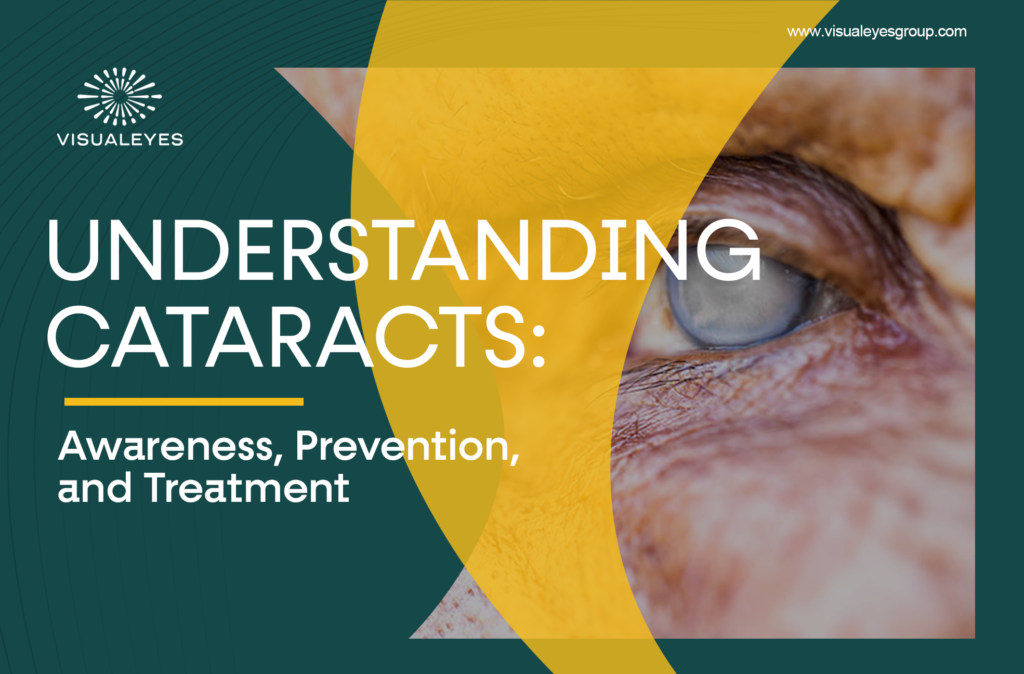- 10240 Lake Arbor Way Mitchellville, MD 20721

Introduction
Imagine being a renowned Hollywood actress in your 60s, having graced the silver screen for decades, only to face an unexpected challenge that forces you into early retirement. This was the reality for one of our patients, a beloved actress whose name we’ll keep private. Despite her fame and fortune, she overlooked regular eye check-ups, which led to a late diagnosis of cataracts. By the time she sought help, the clouding of her vision had already impacted her ability to perform, leading to a premature end to her illustrious career.
See, this story helps paint a clear picture of the challenges many face, which is why we, as a dedicated optometry community here at Visual Eyes Group, strive to provide life-saving articles like this. Our goal is to save millions from the dilemma of poor eyesight. Imagine a world without vision—we’re here to help ensure that never becomes a reality.
So.
What is a Cataract?
A cataract is a clouding of the eye’s natural lens, which lies behind the iris and the pupil. It is the most common cause of vision loss in people over 40 and the principal cause of blindness worldwide. Cataracts develop slowly and can affect one or both eyes, leading to a gradual decrease in vision.

How Do Cataracts Form?
Cataracts form when proteins in the lens of the eye clump together, creating cloudy areas. Over time, these protein clumps can increase, causing the lens to become more opaque and reducing the amount of light that reaches the retina. Factors such as aging, diabetes, smoking, prolonged exposure to sunlight, and previous eye injuries can accelerate the development of cataracts.

Effects of Cataracts
Cataracts can cause a range of vision problems, including:
If left untreated, cataracts can lead to significant vision impairment and even blindness.

Preventing Cataracts
While some risk factors for cataracts cannot be avoided, certain lifestyle changes can help reduce the risk:

Treatment Options
If cataracts are affecting your vision and daily activities, surgery is the most effective treatment. Cataract surgery involves removing the clouded lens and replacing it with an artificial lens. The procedure is typically performed on an outpatient basis and has a high success rate.

The Procedure

Conclusion
Cataracts are a common and treatable cause of vision loss. By understanding the risk factors and prevention methods, you can take steps to protect your vision. If you suspect you have cataracts or are experiencing changes in your vision, schedule an appointment with an optometrist.
At Visual Eyes Group, we offer detailed eye exams and advanced cataract treatment options to help you maintain clear, healthy vision. Call us at (301) 324-9500 to book your appointment today.
